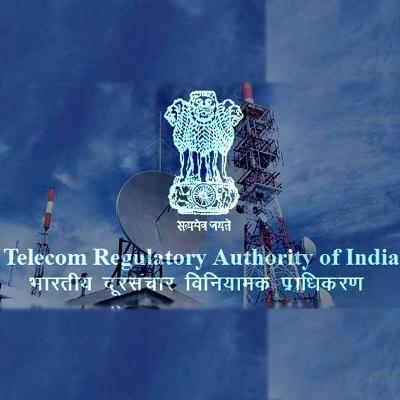  A broadband body has said the sector regulator has failed to suggest any concrete steps to make India a global telecom R&D hub or incentivise complex network gear production in its recent recommendations on ways to boost local telecom equipment manufacturing in the country.
“One is disappointed that the Telecom Regulatory Authority of India (Trai) has overlooked key measures such as the removal of barriers for positioning India as a global telecom R&D hub or the need for a distinction in treatment between mass-market telecom handsets manufacturing and high-end network equipment production,” T V Ramachandran, president, Broadband India Forum (BIF) said.
Amid surging smartphone penetration and the country’s large dependency on imports for telecom equipment, he said, “a slew of measures around making India a global R&D hub with a robust IPR framework and an exports focus is crucial for the government’s `Make in India’ drive”.
The BIF counts Facebook, Google, Qualcomm, Microsoft, Hughes, Intel and Huawei among its key members.
Last Friday, Trai recommended incentivising local design and manufacturing through a Rs 1,000-crore fund with an aim to eliminate India’s dependence on imported telecom gear by 2022. It also suggested that all forms of network gear such as switches, routers, base stations, multiplexing systems to antennae be manufactured locally to dispense with imports.
According to Ramachandran, unlike handset manufacturing, which is a low-end technology with a mass-market scenario dominated by B2C sectors, network equipment manufacturing involves complex high-end technology, and is also associated with a low volumes (B2B) market with limited consumers.
In this context, he said indigenous network equipment manufacturing initiatives should be focused around a `Make in India for the World’ strategy instead of aligning it to merely the needs of the India market.
But to be able to do that, the BIF has suggested the creation of an ecosystem that reduces export transaction cost, thereby allowing the manufacturer better margins,” and in turn, empowering it to compete in the export market.
Ramachandran said the telecom regulator’s recommendations have also done precious little in terms of suggesting ways to build a “robust IPR framework to protect technology and innovation” and has completely ignored the significance of international patents (SEPs) and R&D. |